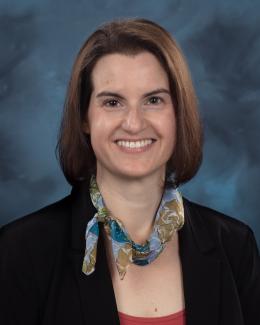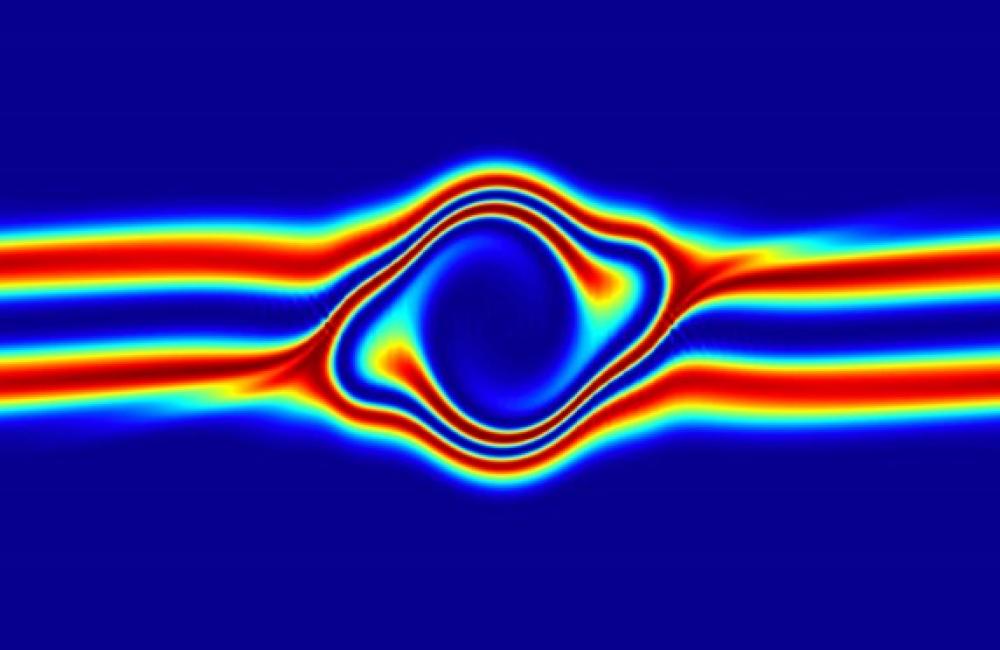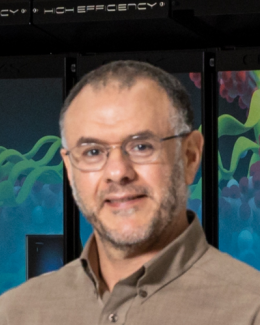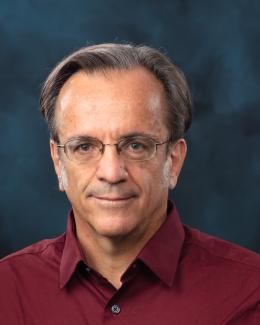This simulation of a fusion plasma calculation result shows the interaction of two counter-streaming beams of super-heated gas. Credit: David L. Green/Oak Ridge National Laboratory, U.S. Dept. of Energy
The prospect of simulating a fusion plasma is a step closer to reality thanks to a new computational tool developed by scientists in fusion physics, computer science and mathematics at Oak Ridge National Laboratory.
Harnessing fusion power on Earth requires strong magnetic fields to hold and squeeze a super-heated gas, and the large scale experiments capable of such extreme conditions can take decades to build.
Through simulation, a team led by ORNL’s David Green hopes to perform virtual investigations of how fusion devices behave using high-performance computing.
“The mathematics underlying a fusion plasma are so complex that traditional approaches test the limits of even today’s largest supercomputers,” Green said. The team has tested a new approach on ORNL’s Summit supercomputer and they expect that its combination with ORNL’s upcoming exascale Frontier supercomputer will make a virtual fusion device possible.







